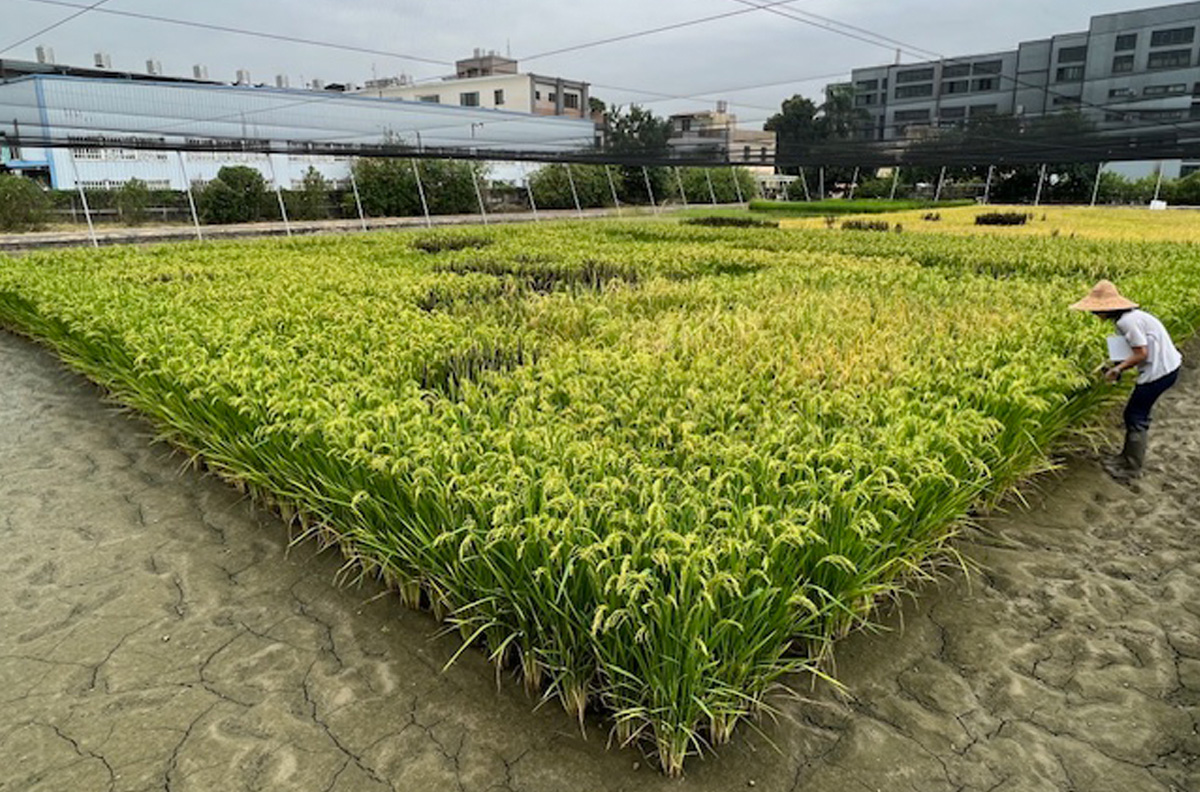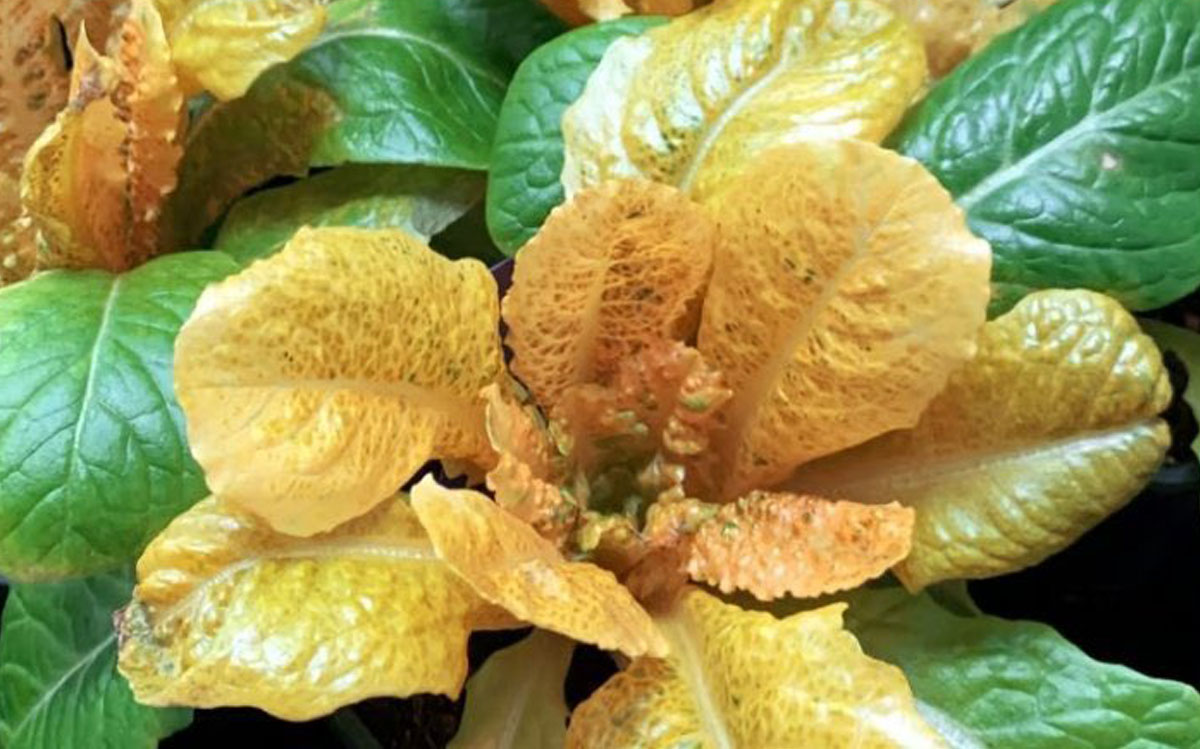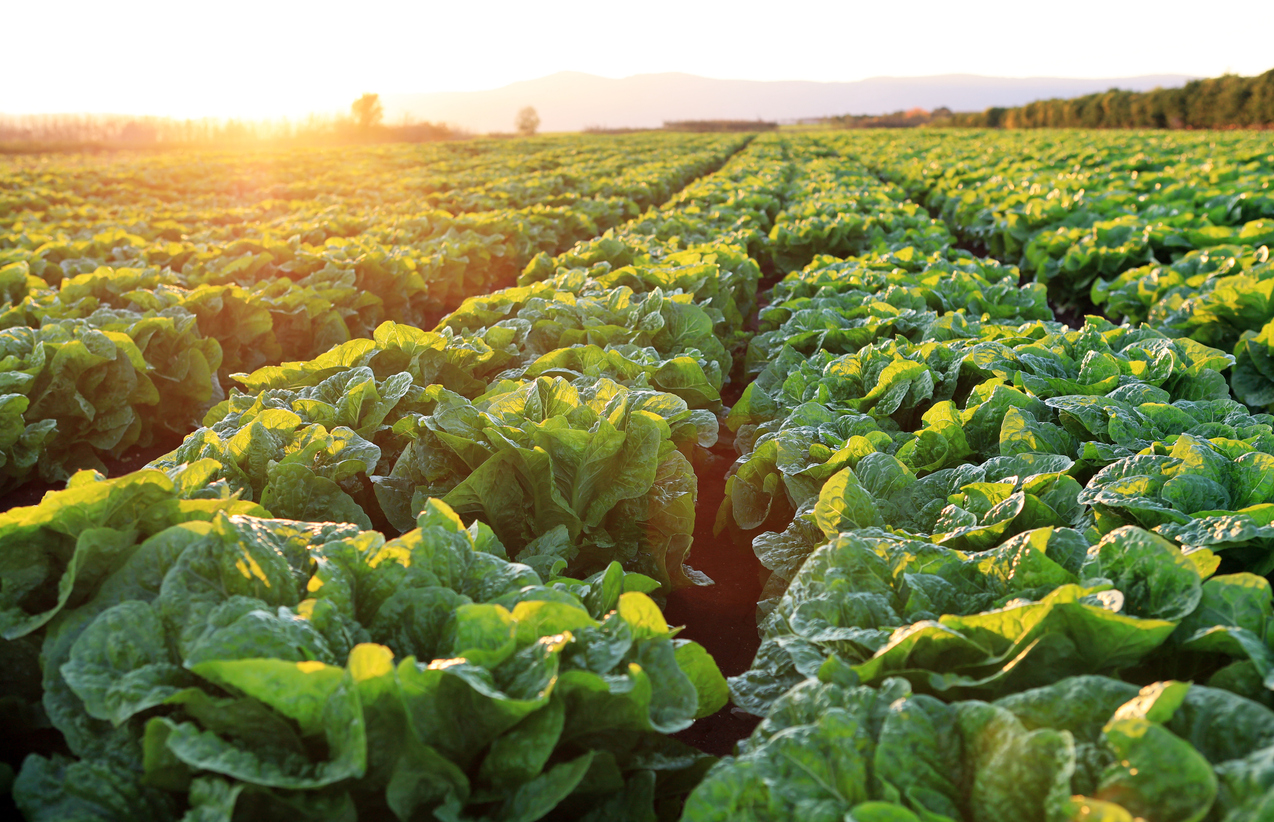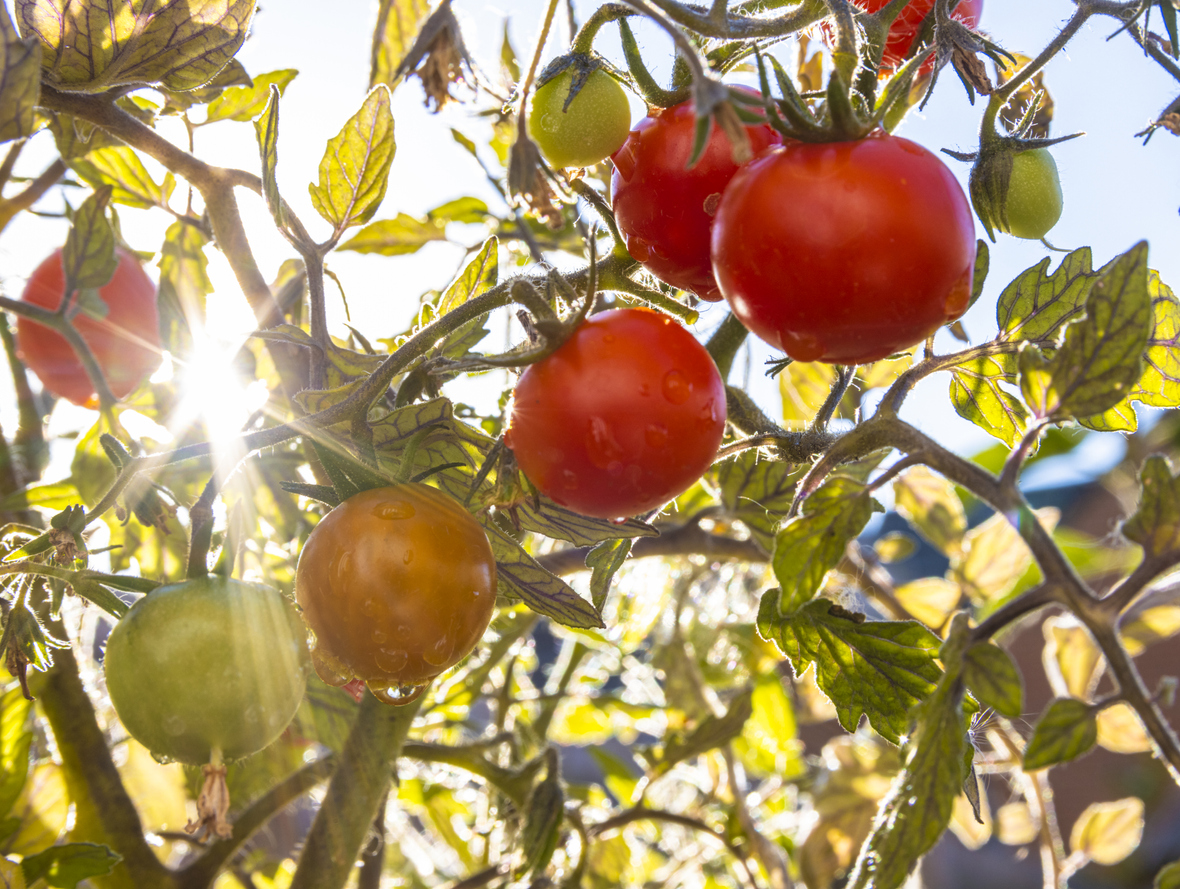Cultivating Health: Cutting-Edge Advances in Biotech Crops to Help Combat Hidden Hunger
| |
In their comprehensive review article in Frontiers in Sustainable Food Systems, Kauser Abdullah Malik and Asma Maqbool of Forman Christian College, Pakistan, underscore the potential of biofortification, stating: "Biofortification, by providing the technology through seeds of the major staple crops, can be of great advantage in meeting the nutritional requirements of poor populations at an affordable cost." This insight emphasizes biofortification's crucial role in addressing hidden hunger, a widespread deficiency in essential vitamins and minerals affecting approximately 2 billion people worldwide.
HarvestPlus and the Food and Agriculture Organization of the United Nations (FAO)’s joint brief describes biofortification as a cost-effective, food-based, nutrition-sensitive agricultural approach. As a key strategy to make staple crops more nutritious through various innovations, biofortification significantly contributes to the ultimate nutrition target of universal access to affordable, diversified, healthy diets.
This article summarizes recent research advances published in Biotech Updates about the biofortification of three popular food crops: rice, lettuce, and tomatoes.

In a significant stride against vitamin B1 deficiency, a collaborative team from the University of Geneva, ETH Zurich, and Taiwan's National Chung Hsing University successfully biofortified rice grains to significantly increase the vitamin B1 content. Recognizing that rice, a staple for half the global population, is inherently low in this vital nutrient—especially after polishing removes up to 90% of vitamin B1—the researchers focused on enhancing the vitamin B1 levels specifically within the nourishing tissues of the grain. They achieved this by expressing a gene that sequesters vitamin B1 in the endosperm, without negatively impacting agronomic yield. Trials in glasshouses and subsequent multi-year field experiments in Taiwan confirmed that the modified rice lines exhibited a 3 to 4-fold increase in vitamin B1 even after polishing, offering a promising solution to a widespread nutritional challenge.

To combat widespread iron deficiency anemia, particularly in rice-dependent regions, a study published in the Journal of Plant Biotechnology evaluated the effectiveness of CRISPR gene editing in biofortifying the high-yielding Vietnamese rice cultivar TBR225. Building on previous work, researchers overexpressed a key iron transporter gene, OsNRAMP7, in TBR225. Molecular analysis confirmed the successful overexpression, leading to a significant increase in iron accumulation within the edited rice lines grown under greenhouse conditions. Crucially, this enhancement did not adversely affect the uptake of other metals or compromise essential agronomic traits. These findings validate OsNRAMP7 overexpression as a promising and effective strategy for developing iron-biofortified rice varieties, offering a sustainable solution to address iron deficiency while maintaining agricultural productivity.
Golden lettuce rich in beta-carotene

A research team from the Research Institute for Plant Molecular and Cellular Biology has pioneered an innovative method to biofortify green plant tissues, including leaves, with significantly increased levels of beta-carotene, the precursor to Vitamin A. Using tobacco and lettuce as models, the team successfully multiplied beta-carotene content without hindering photosynthesis by creating new storage locations. Their key discovery involves storing high levels of beta-carotene in plastoglobules (fat storage vesicles within chloroplasts) and combining this with biotechnological production outside chloroplasts in the cytosol. This dual approach achieved a remarkable 30-fold increase in beta-carotene in lettuce leaves, giving them a golden color. This breakthrough represents a significant advancement for improving nutrition through the biofortification of vegetables like lettuce, chard, and spinach, while preserving their natural flavor and aroma.
Lettuce biofortified with folate

Embrapa Genetic Resources and Biotechnology in Brazil has successfully achieved stable folate (vitamin B9) biofortification in lettuce under field conditions for two years, as reported in Transgenic Research. Recognizing that folate deficiency can lead to serious health issues like megaloblastic anemia and neural tube defects, researchers genetically engineered lettuce plants to enhance their folate synthesis pathway by expressing specific genes from Arabidopsis. Field trials demonstrated that these transgenic lettuce plants consistently contained up to 3.4 times more folate than non-transgenic varieties and even 1.9 times more than spinach, a high-folate vegetable. A single serving of this biofortified lettuce could provide 36-64% of the recommended daily intake, offering a promising and sustainable solution to improve public health. A survey on consumer acceptance in Brazil revealed that 46.1% expressed willingness to consume folate-biofortified lettuce, and 30.5% indicated potential acceptance.

The successful biofortification of tomatoes with improved levels of provitamin D3 was made possible through gene editing, as published in Nature Plants. Addressing the global health concern of widespread vitamin D insufficiency, which is linked to increased risks of cancer, neurocognitive decline, and mortality, the team from Norwich Research Park and partners modified a duplicated section of phytosterol biosynthesis in tomato plants. Confirmatory tests validated the efficacy of this biofortification strategy, and further findings revealed that the provitamin D3 content in ripe fruit can be even further boosted through sun-drying, offering a promising new dietary source for this essential nutrient.
For more updates about crop improvement for better nutrition, subscribe to the Biotech Updates.
For further reading:
Pocket K No. 27: Biotechnology and Biofortification| Newer Post | Archive | Older Post |
Science Speaks is ISAAA Inc.'s official blog. Weekly blog articles, authored by ISAAA writers, partners, and invited contributors, aim to help share, disseminate, and promote scientific knowledge and its vital role in achieving global agricultural sustainability and development. Your support to Science Speaks will help us achieve this goal. You can help us by donating as little as $10.

